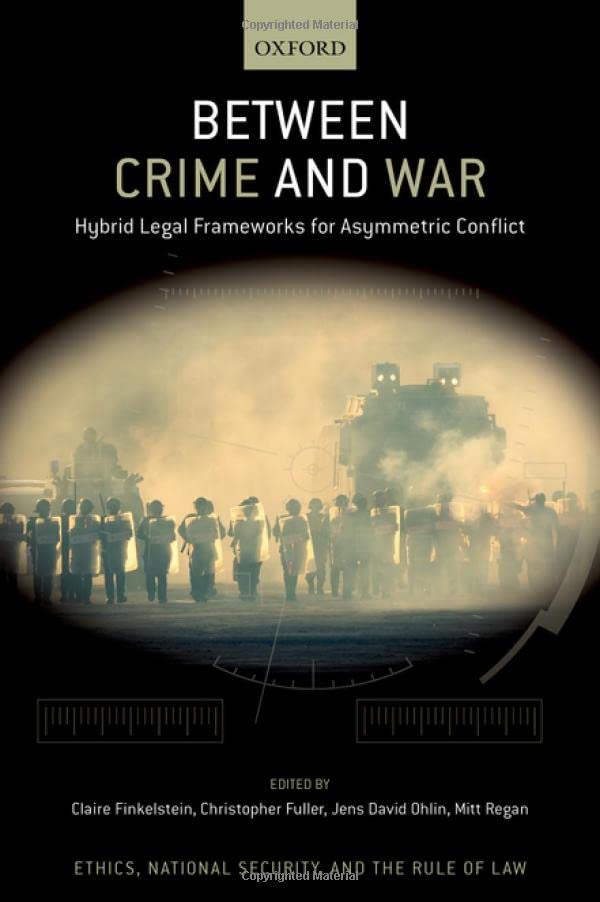The threat posed by the recent rise of transnational non-state armed groups does not fit easily within either of the two basic paradigms for state responses to violence. The civilian paradigm focuses on the interception of demonstrable immediate threats to the safety of others. The military paradigm focuses on threats posed by collective actors who pose a danger to the state’s ability to maintain basic social order and, at times, the very existence of the state. While the United States has responded to the threat posed by non-state armed groups by using tools from both paradigms, it has placed substantially more emphasis on the military paradigm than have other states. While several reasons may contribute to this approach, one may be the assumption that a state must use each set of tools strictly according in accordance with the principles that underlie each paradigm. Implicit in this assumption may be the sense that the only alternative to the civilian paradigm is the unqualified military one. The chapters in this book suggest, however that we need not see the options as confined to this binary choice. It may be profitable to consider borrowing elements from each paradigm on some occasions to act more expansively than the conventional civilian paradigm allows, but less expansively than the conventional military paradigm would permit. At the same time, the mixing of the categories comes with its own ethical and legal risks that should be scrutinized.
Sale end in:
Between Crime and War: Hybrid Legal Frameworks for Asymmetric Conflict (ETHICS NATIONAL SECURITY RULE LAW SERIES)
By: Jens David Ohlin
ISBN-10: 0197638791
ISBN-13 : 978-0197638798
Publisher : Oxford University Press (December 11, 2022)
Language : English
Hardcover: 592 pages
Reading Age : None
Dimensions : 9.36 x 1.7 x 6.41 inches
Item Weight : 2.15 pounds
$99.00 $79.20











There are no reviews yet.